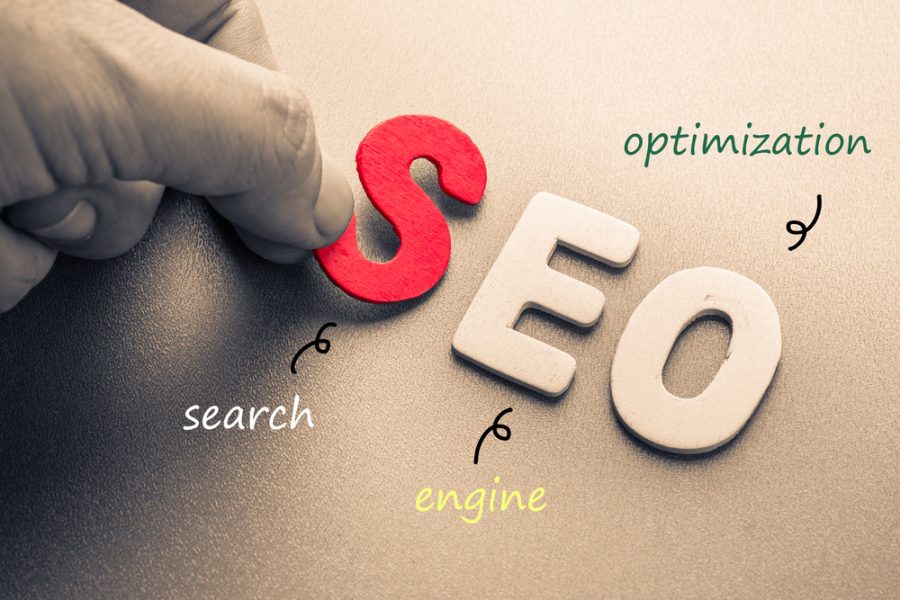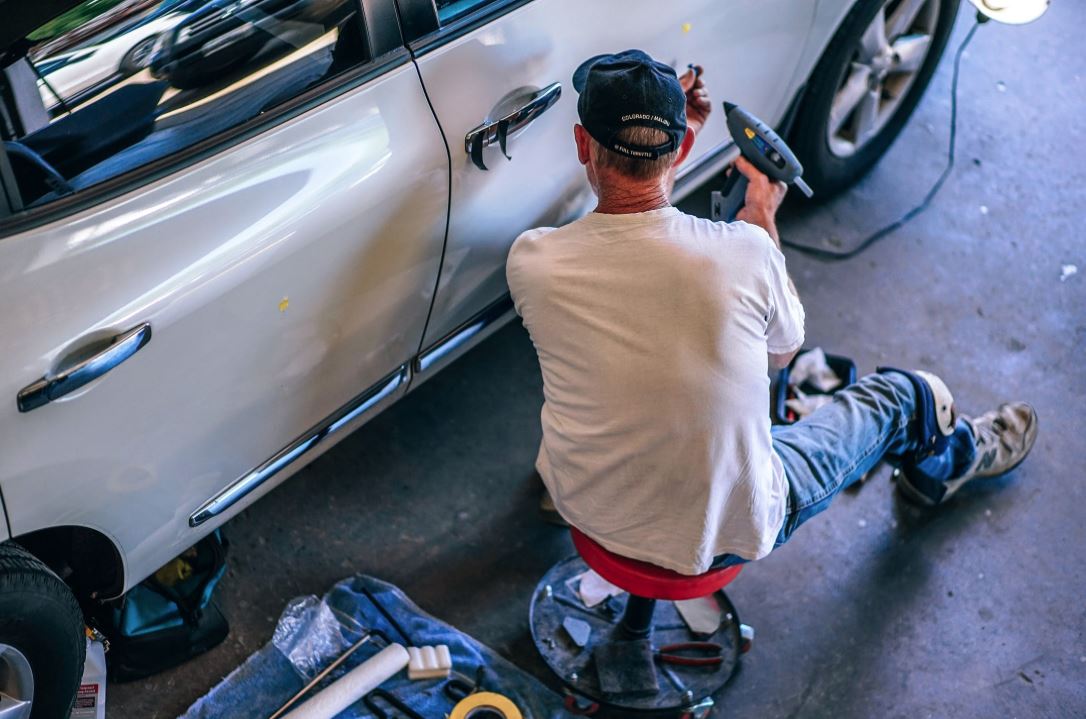Washington D.C.’s new sustainability plan as laid forth by Mayor Vincent Gray is quite ambitious. Many citizens across the United States are wondering if their own communities could adopt similar sustainability plans with success. The answer differs by community. Progressive areas are more likely than others to embrace sustainability mantras and actually operate in a sustainable manner. Conservative areas are not as likely to implement sustainability plans as their community’s members tend to favor the captains of industry and encourage consumption.
Mayor Gray wants the District to be the greenest, healthiest and most livable city in the United States. This rhetoric is acceptable to all types of communities. The actions are more controversial. The sustainability plan calls for 143 specific initiatives with overarching green themes. These themes by public health administration include “pay per throw” garbage fees, government loans to support new businesses, the modernization of public schools and public housing and changes to the area’s Green Building Act.
Pay Per Throw
Pay per throw garbage fees will be controversial in most cities. Many conservative areas do not believe that consumption should be taxed. A pay per throw system would not work in those communities. Also, conservatives are opposed to government interference in business. Such communities may frown upon publicly funded loans for private businesses. All communities are in favor of modernizing schools. The question is to what extent should tax dollars be spent on improving schools? Republican oriented communities would certainly be against the modernization of public housing as they do not believe that government should be responsible for providing shelter to the poor.
D.C.’s Green Building Act of 2006 is not on pace to meet the benchmarks that were set forth when it was created. The sustainability plan will further finance the act in order to meet the planned benchmarks. This will make building codes greener, reduce the consumption of electricity and increase overall efficiency. New buildings will have a “climate change impact assessment” to cut waste by fifteen percent. The plan includes a fivefold increase to “green jobs”. It calls forfifty percent reduction in greenhouse gases, city energy use and obesity. The use of public transportation is to be upped by fifty percent.
Ambitious Goals
Most critical thinkers believe that these goals are far too ambitious to be realized ever. Other communities are likely to embrace green building codes as long as they don’t significantly hinder their area’s chances of attracting new businesses. A fivefold increase in green jobs is certainly unique to the progressive and liberal beltway mentality. Most cities will not set forth such an aggressive goal. The District has an expansive metro system that can withstand a fifty percent increase of commuters. However, most American communities do not have significant methods of public transportation. Such a goal is unique to large cities like D.C.
Live near your Work
The plan also calls for $500 million to be spent on renewable energy, the conversion of five empty buildings into cultural incubation centers, a threefold increase in “Live Near Your Work” grants, sustainable job training in public schools and the training of at least 100 area residents in environmentally friendly construction techniques. The vast majority of American communities will not favor $6,000 grants to workers and employers (they also receive $6,000) to encourage people to re-locate in order to walk to work. This is another sustainability goal that is unique to the D.C. Area. Cultural incubation centers are likely to take root in other cities,but it may take decades as such centers are not highly valued in most communities. Most cities will endorse the teaching of sustainability skills to students and construction workers without hesitation.
Complexity
The District’s sustainability plan is so large in scope that it is difficult to predict if it could work in other communities. Certain pieces of the plan will be copied by other cities,but it will not be replicated in full. It is important that the 4,700 people who helped craft the plan work their hardest to make sure that it comes to fruition. Fellow progressive Americans are watching the beltway with eager anticipation. Everyone wants to see if this gigantic public works project can meet its stated goals and provide the blueprint for similar plans across the nation.






